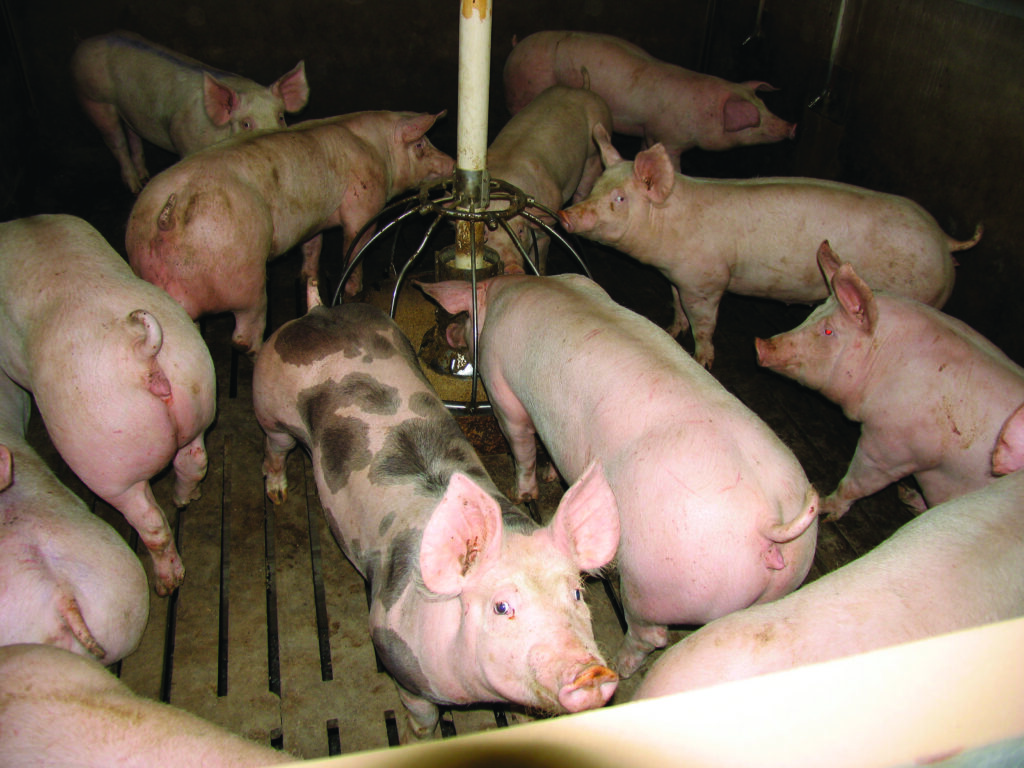Despite modern belief, being able to formulate pig rations isn’t particularly tricky. Given an afternoon, it is quite possible to teach the fundamentals of a least cost formulation package.
By following basic principles, a computer and some prices, pretty much anyone can create grower, finisher and sow rations. But is there more to it than this? And is the fine-tuning of diets – which can make that all-important marginal difference to performance and efficiency – the work of the nutritionist with more knowledge and expertise?
I would (wouldn’t I?!) say ‘yes’, but my reasoning is well-founded. While creating a range of diets from 15kg liveweight onwards maybe straightforward, those needed for younger piglets, post-weaning, is more complex – given the larger portfolio of raw materials involved and the greater understanding of digestive principles that is required.
Formulation of these post-weaning diets calls for an appreciation of the relationship between each of the raw materials offered and of efficient pig growth through biochemistry and metabolic pathways.
Furthermore, there are numerous other factors that determine the nutrient density of a diet, such as genetics, environment, health, final weight and slaughter contract parameters. Each needs to be taken into account to understand the most appropriate ration to suit a system.
During the past four years I have been looking at ways to improve on our appreciation of available data for guidance into ration density. Returns from the abattoir give us one of the most readily available pieces of evidence to fine-tune ration density and feeding regime.
We have two variables at slaughter that are available for each animal – deadweight (DW) and probe – typically (and this is a sweeping generalisation), as one increases, the other does too. But using the backfat probe as a percentage of bodyweight can give us useful feedback.
“A lack of energy may reduce growth rates and could also affect eating quality of the meat”
I have coined this a ‘% probe analysis’ and, as an example, a 70kg DW carcase with a 10mm p2 back fat measurement gives us a % probe of 14.3%. A 100kg carcase with a 15mm p2 gives a % probe of 14.8%. This relationship is surprisingly flat, despite the 30kg difference in deadweight but it allows us to examine the averages from the abattoir with a more critical eye. The group average, when measured over time, will give us clear indicators of whether the pigs are getting fatter or leaner.
The % probe index for a group of pigs can potentially indicate an imbalance in the energy:protein ratio on farm. A lack of energy may reduce growth rates and could also affect eating quality of the meat – as there would be less than ideal fat and possibly less succulent meat.
Likewise, a % probe above the ideal can suggest excess energy:protein. This is expensive in feed terms, but it is also the ‘out of contract’ penalties that will be costing the producer.




